The two bottles of 1988 La Mission Haut-Brion opened over dinner on Monday showed a marked difference. The first was slightly faded, its charms needing to be tiptoed after like a game of hide and seek in a draughty country house. The second, in contrast, was firm, vibrant, fruit showing off perfectly against the more subtle complexities of truffles and cedary spice; the perfect example of what this formidable wine can achieve with a bit of bottle ageing.
Around the table were two négociants (one French, one English), two journalists (English and Irish American), a French private banking specialist who had no doubt been exposed to the good bottle or two in his time, a South American ex-Cartier executive and an Irish mother-of-four. We all had different opinions on which bottle was the best – well okay, I’ve given away my own pretty clearly – and why.
Before I go any further, it’s worth underlining that, as we head rapidly towards 2015, this wine is now just three years shy of its 30th birthday. It’s a classified Graves wine, the sister of Haut-Brion, and so clearly shouldn’t have the slightest difficulty in reaching that age, but drinking a 30 year old wine has become a highly unusual activity. Most estimates from retailers and market research suggest around 85% of bottles are consumed within 24 hours of purchase and up to 95% of them within one week. Of course some of those bottles might have some bottle ageing by the time they were picked off the shelf, but the reality is that the vast majority of us have got out of the habit of drinking older wine.
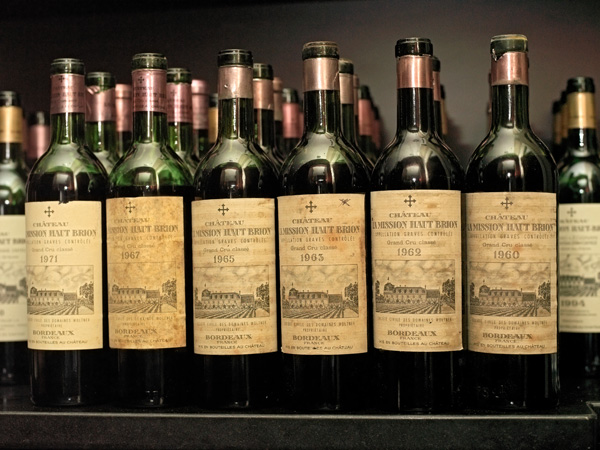
So could that account for why most of us found the first bottle tired? Would ‘better’ tasters have liked it more? Around our table, it was the English négociant who most passionately defended the first bottle, and it is fair to say that the cliché of an English-style claret is one with a good few years bottling ageing, and one that doesn’t shout too loud. But personally, the most likely reason I think is far simpler than that. The first bottle was opened and decanted three to four hours before the dinner, while the second was opened just before we sat down. And once a wine hits 30, its aromas have become so subtle, fragrant and delicate that early decanting can be harmful.
One of the pleasures of older wine is that the best and most intense aromas develop through reductive ageing – which means ageing in a bottle where the cork keeps the air out. At the same time, at least for the first few years, an anaerobic environment means the formation of chemical compounds called mercaptans. And too many mercaptans leads to burnt rubber or rotten smells upon opening. Even mild amounts can mask the fruit character of a wine.
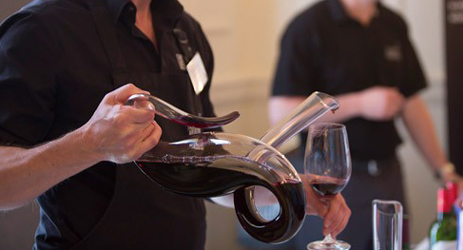
The whole point of decanting is to counter-balance that – to effectively give a shot of oxygen in one big burst that can clear away these rubbery smells and let the true aroma of the wine float out of the glass and ideally into our waiting noses. You see the same thing simply by pouring wine into a glass and letting it sit for a while – the wine will evolve over the course of a few minutes or longer, as the oxygen opens it up. Decanting short-circuits that experience.
The problem can be that many of us just don’t realise that, and instead see decanting as a way to, for want of a better word, honour a wine. We have been told many times that decanting is part of the whole ritual and rigmarole around presenting wine, particularly older ones, without getting told the basic fact that decanting is really all about chemistry.
In reality, after a certain period of time in bottle, most older wines have already gone through the process of clearing away those smelly sulphurous odours, ever so slowly, inch by torturous inch, through the oxygen exchange between wine and outside world through the cork. So they often don’t need decanting, or at least only just before serving if there is sediment in the bottle. Far better, I would say, to stick to decanting young wines that are burly, tannic and closed up. They are the ones in desperate need of a shot of oxygen – as are young white wines, and maybe particularly those bottled under screw-cap, where oxygen is kept firmly and briskly at bay until opening.
And besides, a young wine, even if we don’t decant it, will have a chance to find its feet while it’s in your glass, but an older wine, once its delicate aroma has fled out into the room, doesn’t have the chance to get it back. The first bottle of Mission Haut-Brion 1988 was charming. Still rich plum in colour, with a hint of cold-ash on the nose and cedar notes on the palate. But it wasn’t until the second bottle arrived that, at least for me, we were clearly in the presence of a great wine. Here the cold ash on the nose still had a touch of life in its embers, and the tannic structure was still muscular, cradling the autumnal fruit and giving it a firm base for parachuting across our palates. Above all it was still fun, still full of the pleasure that it must have given the winemakers back in that slightly damp autumn but with the remembrance of hot August sun. Perhaps 1988 is not the strongest vintage from La Mission Haut-Brion, which I guess is why it has already evolved to the point that early decanting was too much, but I couldn’t help but think that if we hadn’t had a second bottle to hand, we would never have realised just how majestic a wine it is. And those wonderfully elusive signs of a well-aged classified Bordeaux would have been lost to the room.
Translated by Sylvia Wu / 吴嘉溦
All rights reserved by Future plc. No part of this publication may be reproduced, distributed or transmitted in any form or by any means without the prior written permission of Decanter.
Only Official Media Partners (see About us) of DecanterChina.com may republish part of the content from the site without prior permission under strict Terms & Conditions. Contact china@decanter.com to learn about how to become an Official Media Partner of DecanterChina.com.


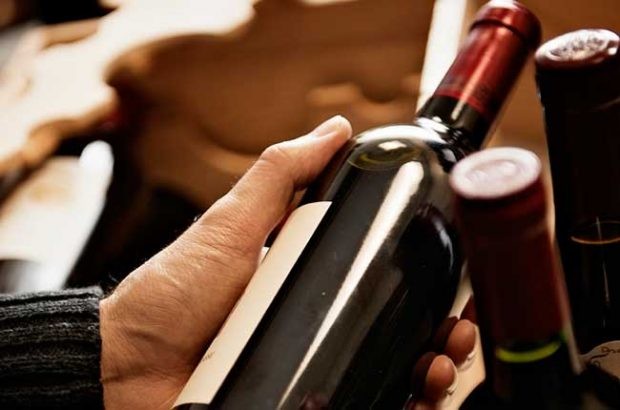
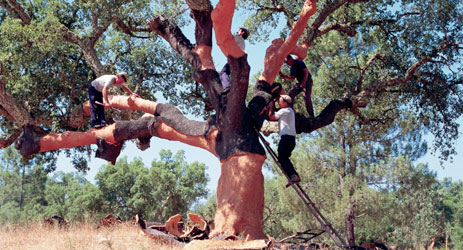
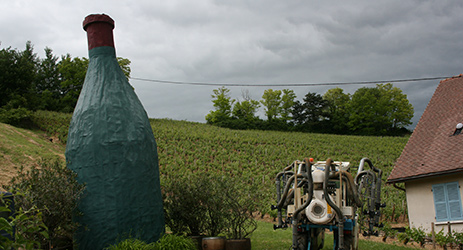
Comments
Submit